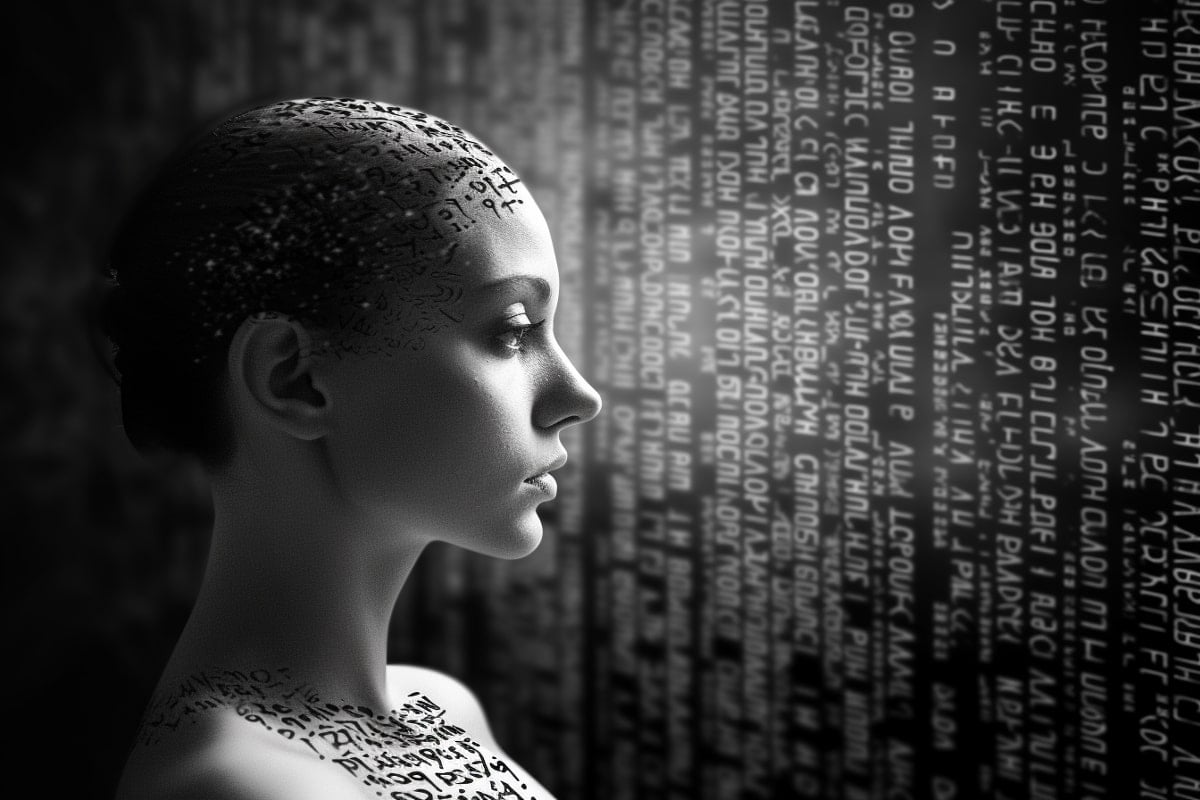Hey, don't get me wrong, AI might overall be "a bad thing" for humanity in its current state. But AI isn't so powerful that it can stop the future from being "open", as the C's say. The lessons will take their course, and if we choose to make use of our knowledge, we are exactly where we need to be.i liked reading these considerations, but could not apprehend these in their full extent.
what still disturbs me in ai is that the ai representations can look like unadulterated photos from reality, but are NOT photos. to me, therefore, ALL ai outputs are fakes which dilute our real world even more into a fake world.
it appears that i have the same apprehension of ai products as painters had when photography was introduced. maybe i am too old to welcome progress, such as i hate mac updates which perturb my habits... or, maybe, i should join the amish...
And even if AI overall is bad or goes bad and gets used in bad ways, "the law of exception" is one idea to keep in mind. If we can properly anticipate the dangers and "dance with the universe", there might be hidden possibilities and opportunities to be of service hidden in the cracks along the road! Or not. But in any case, humble knowledge about this strange thing that's emerging can only help us realize it's proper place, I tend to think. And a little lighthearted play along the way probably won't hurt the learning process, if awareness can be mbrought to bear as well.
Probably no need to join the Amish, though if you'd like a fascinating read that mentions them, try "What Technology Wants" by Kevin Kelly. I don't entirely agree with the author's philosophy and conclusions, and his comments about the Amish end up being a little bit of a self-contradiction, like he didn't think about what he was saying deeply enough, but that book gave me exactly what I had hoped to get from it; a few new useful concepts to use as tools when thinking about information, learning, "evolution", and technology.
On the practical level, the way I see it is: the emergence of this technology is part of a powerful current, and we don't know how it's going to twist and turn and change. Trying to stop it won't work, but if one can learn to "surf the wave", there's no telling what kind of butterfly effects we might be able to contribute, so maybe fewer might be pulled under. Who knows?
I'm not decided on all of this by any means. But it's fair to note that I'm part of the millenial generation (and test high in trait "openness"), so I might be more likely to respond with curiosity. Hopefully I'm not too credulous!
I think Jordan Peterson is taking an interesting approach. Based on what he has said elsewhere (I follow him to a fair degree), I think he has been deliberately engaging with AI tech because he considers that he can only determine and exercise his responsibility in relation to it if he understands it. So it seems like he has been "playing" with it, but while trying to maintain a serious awareness of its unknown potential danger. I do have to wonder if he's a little too "gung-ho", but I tend to trust that he's thinking about things from more angles than he can always convey in a given conversation.
This clip is interesting:
And this entire talk is really something else:
It seems to me he's trying to get a handle on things because he sees the emergence of AI as a significant juncture that will tend to magnify our individual and collective orientations. "Be the change you want to see in the world", and AI might magnify that. Or not. But it seems he is "playing with it" with an interesting mixture of detailed seriousness and lighthearted playfulness. I mean, here he is giving talks on the Bible on one side, and training an LLM on the Bible on the other! Who has the gall to do that?!
 But I think in his case specifically it might be a testament (pardon pun) to a deeper faith that he has in the learning process compared to both dogmatic religious types AND materialist "nihilizers". One can hope.
But I think in his case specifically it might be a testament (pardon pun) to a deeper faith that he has in the learning process compared to both dogmatic religious types AND materialist "nihilizers". One can hope. It's also possible comets come and wipe out all "high technology" and that unknown "holistic technologies" involving sound and stone and mind are the ways of future evolution. BUT, we only weaken ourselves if we make unnecessary assumptions based on 3D thinking and fears. Presumably the path from where we are to the "healthy" future we are trying to envision in this forum will be no less complicated and unexpected than the rest of our lives have been! "Seek ye first the kingdom of Heaven..."
A little abstract in places, but hopefully I've captured my thoughts well enough...

